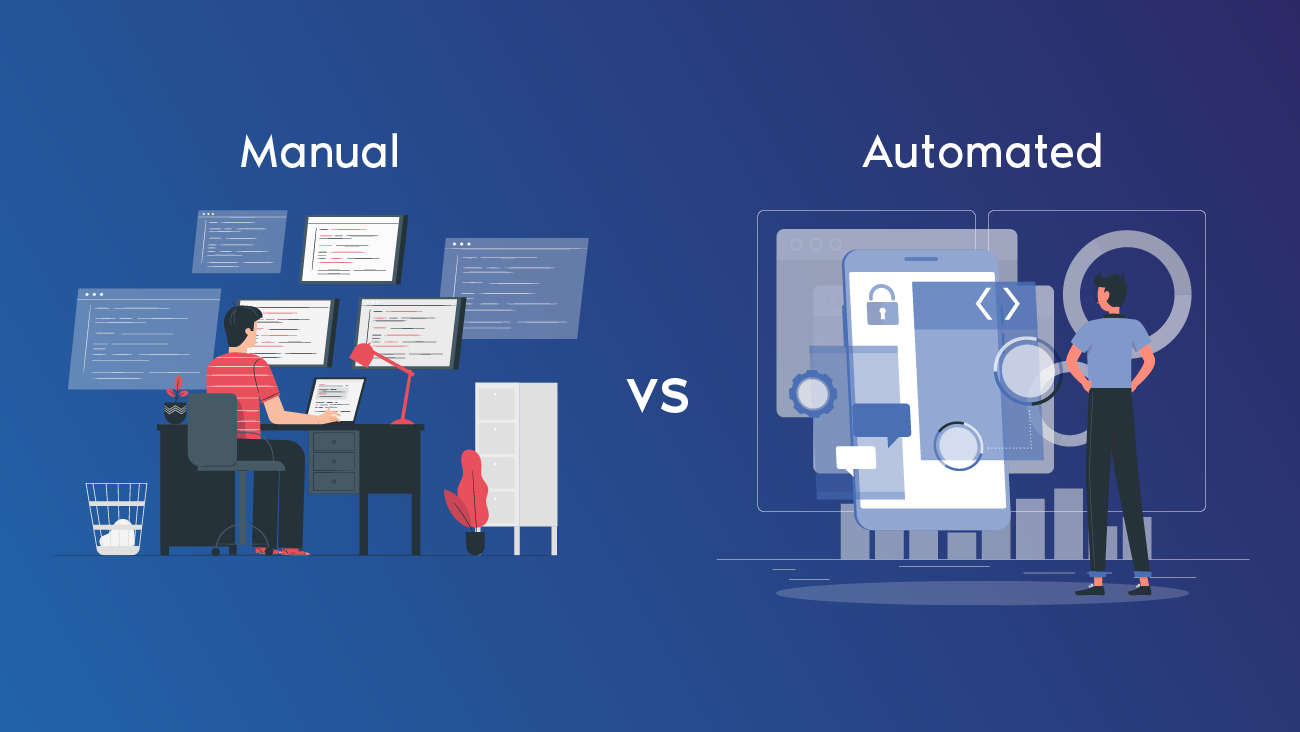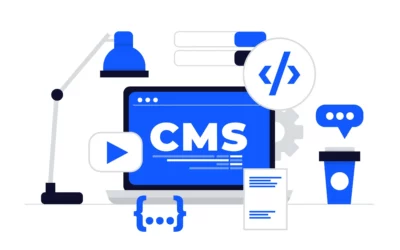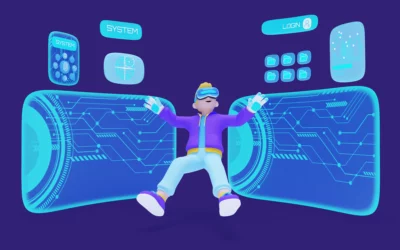The Evolution of Testing:
Testers play a vital role in ensuring the delivery of high-quality software products in the dynamic realm of software development. Over time, testing methodologies have undergone significant transformations, primarily due to the introduction of automation testing. This revolutionary approach has led to the emergence of automation testers. In this blog post, we will explore the distinct roles fulfilled by automation testers and manual testers, highlighting their inherent advantages. Additionally, we will delve into how these two approaches can coexist harmoniously, facilitating efficient and effective software testing practices.
Automation Testing:
Automation testing has revolutionized the software testing landscape by enabling testers to write scripts and automate repetitive tasks, becoming an integral part of modern software development cycles. Automated tests offer numerous advantages, including speed, accuracy, repeatability, and the ability to handle large volumes of test cases. Automation testing tools and frameworks provide user-friendly solutions for efficient test execution.
Advantages of Automation Testing:
Time and Effort Savings: Automation testers can quickly execute tests, saving valuable time and effort. They can schedule automated tests to run overnight or during non-working hours, ensuring round-the-clock testing coverage.
Consistency and Reliability: Automated tests can be repeated as many times as needed without deviations, ensuring consistent and reliable test results. This allows for thorough validation of the software’s functionality.
Scalability: Automation enables large-scale testing by executing a vast number of test cases. This capability facilitates comprehensive testing across multiple platforms, browsers, and devices, ensuring software compatibility and robustness.
Regression Testing: Automated tests excel in regression testing, repeatedly executing previously passed test cases to identify any new defects or issues introduced during development. This helps efficiently identify and resolve potential regressions.
Handling Complexity: Automation tools can perform complex tasks that are difficult or time-consuming for manual testers. They can handle intricate test scenarios, data manipulation, and simulate user interactions, resulting in broader test coverage and increased confidence in the software’s quality.
Manual Testing:
Manual testers play a crucial role in validating software from a user’s perspective. They possess the ability to adapt to changing requirements and unexpected scenarios, quickly modifying test cases and test scenarios to accommodate new features or address edge cases that may arise during development. Manual testers excel in detecting subtle defects, visual discrepancies, and non-functional issues that directly impact the overall user experience. Their subjective evaluation and attention to detail ensure that the software meets the desired quality standards. Collaborating with stakeholders, manual testers provide valuable insights, feedback, and suggestions for improving the software’s functionality and usability. Their domain knowledge and expertise contribute to the overall success of the testing process.
Advantages of Manual Testing:
Exploratory Testing: Manual testers intuitively explore the software, mimicking real user interactions to uncover unexpected defects missed by automated tests.
Usability and User Experience Testing: Manual testers evaluate user-friendliness, accessibility, and the overall user experience, providing valuable feedback to enhance the product.
Adapting to Change: In agile environments with evolving requirements, manual testers quickly modify test cases to accommodate new needs.
Error and Defect Detection: Manual testers excel at identifying subtle defects, usability issues, visual discrepancies, and non-functional aspects impacting the user experience.
The Integration of Automation and Manual Testing::
Test Planning and Strategy: Manual testers contribute valuable insights to define the testing strategy, identify areas for automation, and strike the right balance between manual and automated tests.
Test Case Design: Automation testers focus on repetitive and time-consuming tests by creating and maintaining automated test suites, while manual testers design exploratory and usability test scenarios to ensure comprehensive coverage.
Bug Triage and Analysis: Manual testers analyze and verify automated test results, prioritize bugs, and provide additional context or insights for effective issue resolution.
Maintenance and Adaptability: Automation testers handle ongoing maintenance of automated tests, ensuring their relevance and accuracy, while manual testers adapt and modify test cases in agile environments with evolving requirements.
Exploratory Testing: Manual testers intuitively explore the software, identifying unexpected defects missed by automated tests and providing valuable feedback for improving the product.
Usability and User Experience Testing: Manual testers evaluate user-friendliness, accessibility, and the overall user experience, offering valuable insights to enhance the product’s quality.
Adapting to Change: Manual testers quickly adapt and modify test cases to accommodate changing requirements in agile development environments, ensuring comprehensive test coverage.
Error and Defect Detection: Manual testers possess exceptional skills in identifying subtle defects, usability concerns, visual disparities, and non-functional aspects that directly influence the user experience. Their expertise significantly contributes to the overall quality of the software.
Conclusion:
By combining the strengths of automation and manual testing, organizations can leverage the benefits of both approaches. Automation testing provides efficiency, scalability, and accuracy, particularly for repetitive and complex tasks, while manual testing brings the human element, adaptability, and in-depth evaluation of user experience. The collaboration between automation testers and manual testers leads to comprehensive and high-quality software testing, ensuring the delivery of flawless software products to meet user expectations.




